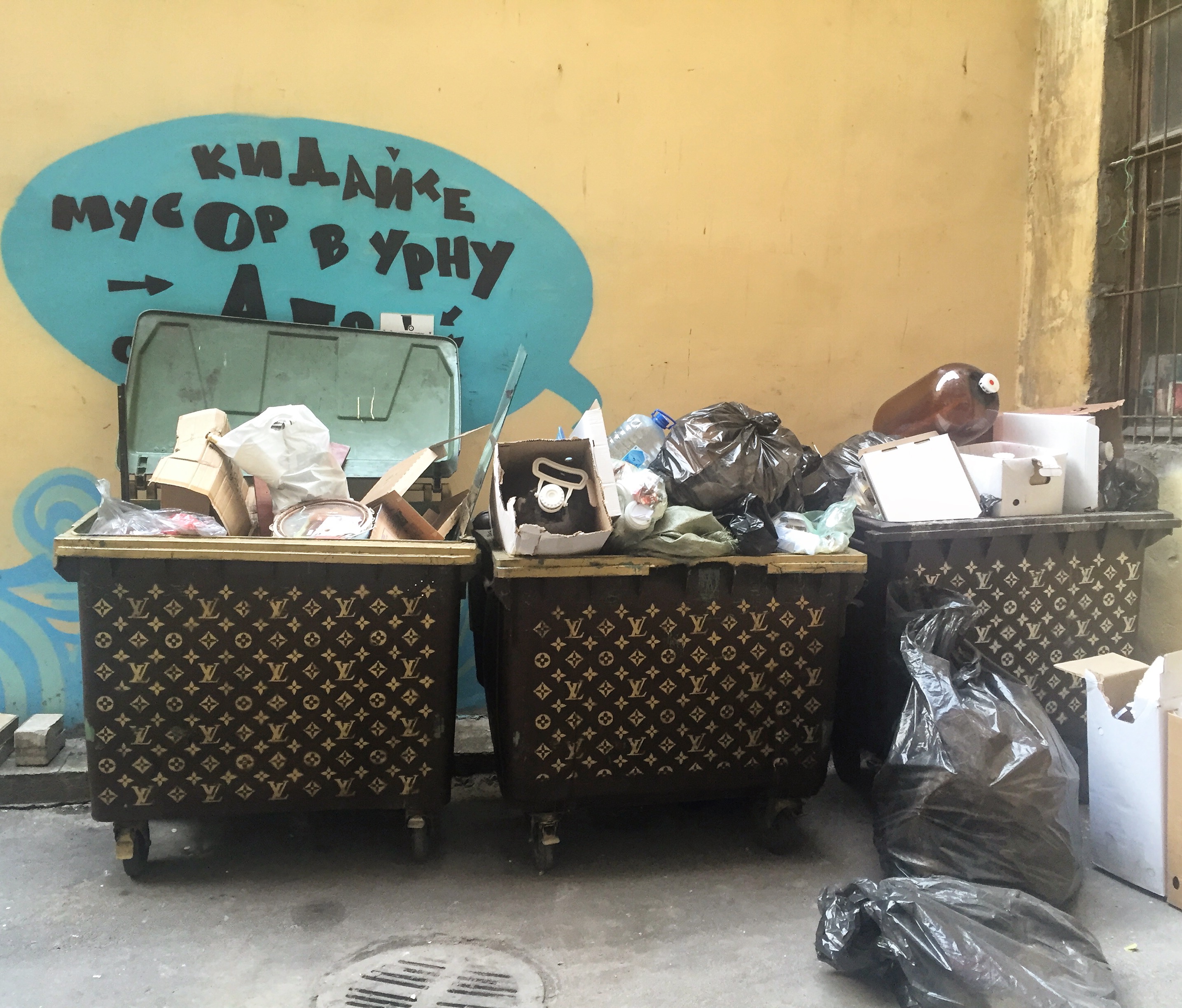“The most majestic and beautiful of all the world’s cities, it seems, has dozed off the banks of a fast-flowing river . . . resting from storms scudding overhead and the apparitions of the past, hardening into these colonnades, these bronze lions, these eternally smiling sphinxes, into the black angel on the top of Peter and Paul’s Fortress . . . And through this drowsiness, waiting for new, even unexpected shocks that will open its granite eyes onto a second life.” —Alexei Tolstoy
The policies of the Soviet Union, a time when officials felt that pollution control was an unnecessary hindrance to economic development and industrialization, can be found at the root of many of the environmental issues in Russia. Large parts of Russia’s territory began demonstrating symptoms of significant ecological stress by the 1990s, largely due to a diverse number of environmental issues including deforestation, energy irresponsibility, pollution, and nuclear waste.
While vehicle and industry emissions are certainly an increasing danger, the irresponsibility towards water pollution remains the most serious concern as it has caused health issues in many cities as well as the countryside due to the poor treatment of waste water prior to being returned to waterways. Water treatment facilities are obsolete and inefficient and combined with the lack of funding this has not only caused heavy pollution, it has also resulted in waterborne disease spread. Much of the water pollution is a result of the dumping of industrial and chemical waste into waterways.

The trademark Louis Vuitton monogram is spray painted uniformly on these Russian trash cans. An ironic and humorous representation of luxury masking the sad truth of environmental unfriendliness.
As a partaker in the time-honored American pastime known as consumerism, I am among many Americans who have noticed the labeling of consumer products become more complex than just a seal of approval from Good Housekeeping magazine.
Usually uniformly green, the labels on American goods all share the mission to protect our Earth and its resources, as well as safeguard the health, safety, and well-being of the humans and animals who call it home. Each label represents a different goal, whether it be practicing energy conservation, reducing waste, supporting sustainable forestry, or lessening our reliance on agricultural chemicals.
Unless you are a frequent shopper of overly priced goods, it’s quite rare to find the Russian equivalent of USDA Organic, Energy Star, or the recycling triumvirate of “reduce, reuse, recycle.” In St. Petersburg, it is totally different because the average person is not concerned about waste and sorting it. They simply don’t care about garbage disposal. There are however activists; students and the younger generation in particular who are interested in implementing and improving the dynamics of environmental conservation. The government has very few projects in place that aim to change people’s attitudes and approach towards nature. Further, officials decry the economic and social costs of environmental degradation. They lack the commitment, resources, and organizational capacity to address environmental problems.

Let us preserve the beauty of this frosted rose, along with other aspects of nature, as it prepares itself for the Russian winter.
The near future of Russia appears to be unable to deal effectively with the daunting environmental challenges posed by decades of Soviet and post-Soviet environmental mismanagement and recurring economic crises. Although the prolonged contraction in economic activity has resulted in significant drops in most pollution categories, substantial environmental improvement will depend on an array of socioeconomic, institutional, and cultural changes that will need to be facilitated by international engagement. Major progress is decades away.



